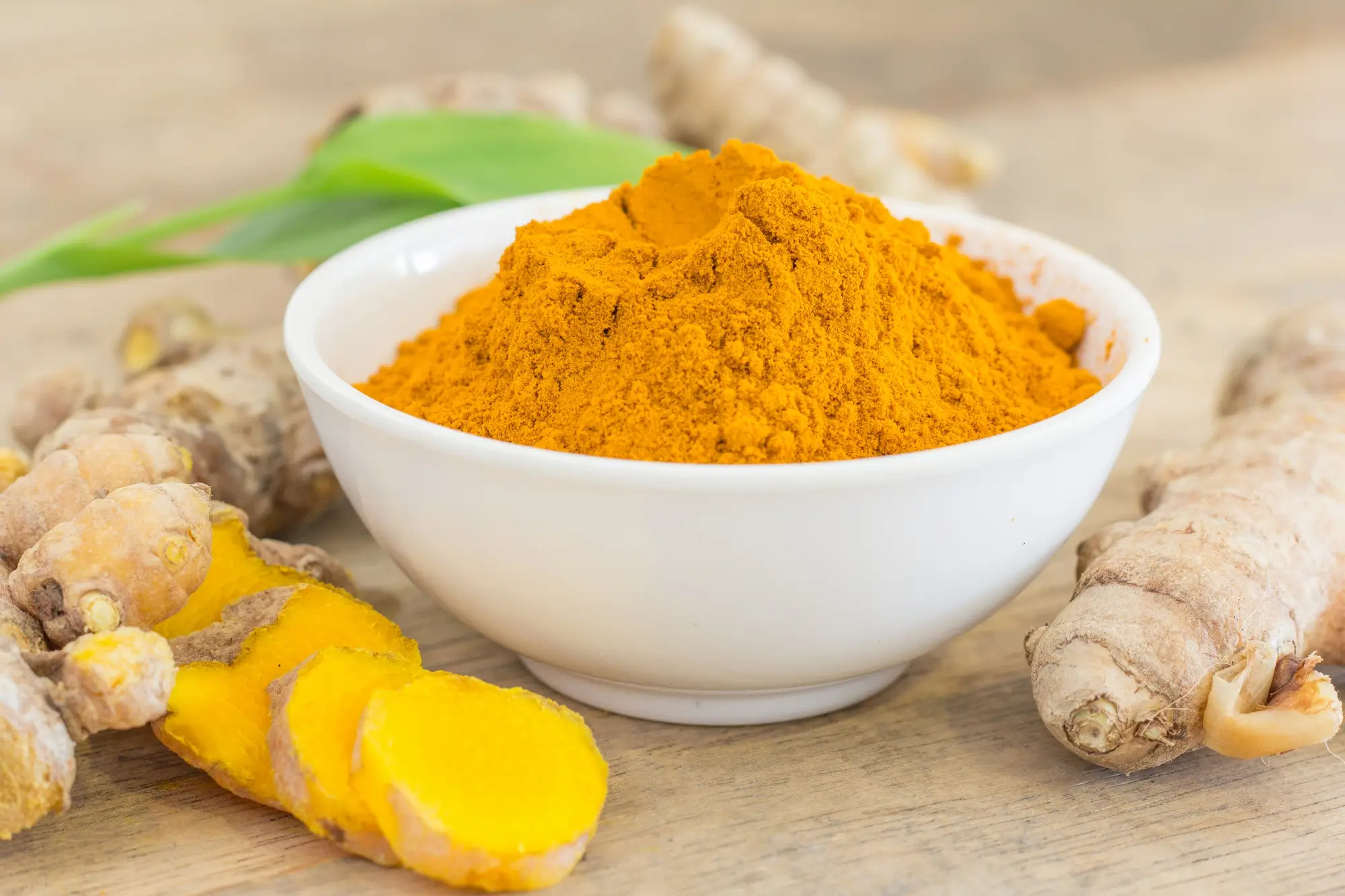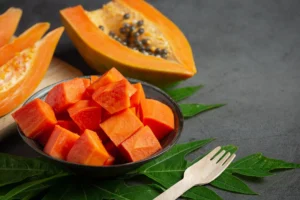In Indian kitchen haldi or turmeric is considered as an important spice, after all, no savoury dish is complete without it. It is also considered as an auspicious spice, which is used in many religious purposes in the kitchen and in temples too. While we mostly use haldi powder for cooking powder and kachi haldi for religious purposes, do you know they both actually differ in their nutritional values? Yes, you read it right.
Benefits of Turmeric Powder
It is said to be a powerful natural remedy packed with numerous health benefits. Rich in curcumin, its active compound, turmeric is widely known for its anti-inflammatory and antioxidant properties, helping to reduce joint pain, improve digestion, and boost immunity. It aids in heart health by regulating cholesterol levels and improving blood circulation. Turmeric also supports brain function, potentially lowering the risk of neurodegenerative diseases like Alzheimer’s. Also, it promotes glowing skin, helps with acne, and accelerates wound healing. When combined with black pepper, its absorption increases, making it even more effective.
Benefits of Kachi Haldiachi Haldi
Kachi haldi (fresh turmeric root) is rich in nutrients and essential oils, making it highly beneficial for health. It has anti-inflammatory and antibacterial properties that help in healing wounds, boosting immunity, and improving digestion. Rich in antioxidants, it fights free radicals, slows aging, and promotes glowing, blemish-free skin. Kachi haldi is also known to aid in detoxification, purifying the blood and supporting liver health. Its natural oils enhance the absorption of curcumin, making it more effective than processed turmeric.
Nutrient Content
Kachi Haldi: Also known as fresh turmeric, it contains more natural oils (like turmerone) which enhance the absorption of curcumin (the active compound with anti-inflammatory properties). It also has higher levels of vitamins, minerals, and antioxidants in their natural form.
Turmeric Powder: On the other hand, this one is rich in curcumin but loses some essential oils and nutrients during the drying and processing phase.
Curcumin Content
Kachi Haldi: It is said to have lower curcumin concentration by weight, which is about 2-5%.
Turmeric Powder: This is said to have higher curcumin concentration, which is up to 5-8% due to the dehydration process.
Bioavailability
Kachi Haldi: It is easier for the body to absorb due to its natural oils.
Turmeric Powder: As per experts, this one requires pairing with black pepper (piperine) or healthy fats to improve absorption.
Health Benefits
Both forms offer similar health benefits. It is said that they both are rich in anti-inflammatory properties, and have antioxidants that help fight free radicals, and boost immunity. Also, they support digestive and gut health, reduce bloating. For skin, they both work in maintaining natural glow and help with acne/scars.
Convenience & Shelf Life
Kachi Haldi: It has a shorter shelf life (2-3 weeks in the fridge) and it requires peeling and preparation.
Turmeric Powder: It is very easy to store and lasts for months, and is very convenient for cooking and home remedies.
Which one is healthier?
It is said that for maximum nutrients and bioavailability, kachi haldi makes for a wiser choice. But, when it comes to convenience and a concentrated dose, turmeric powder is an easy resource for people. The best way is to combine both and use them in daily life. For instance, use fresh turmeric for raw consumption (juices, teas) and turmeric powder for cooking and long-term use.



